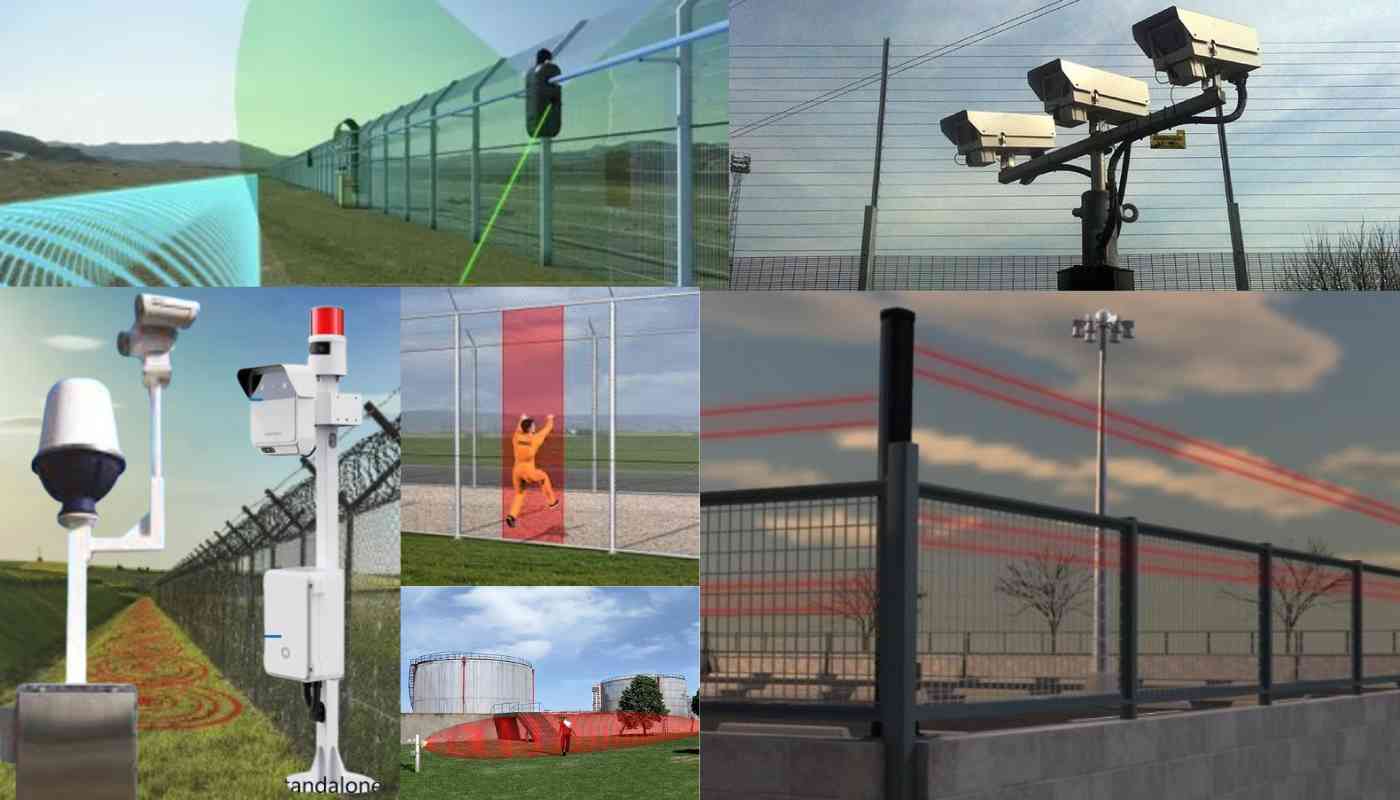Airport Security Perimeter Detection System in Italy in 2025
Italy, the land of Colosseum whispers and gondola serenades, is also a major aviation hub. As tourist numbers climb and travel resumes its pre-pandemic vibrancy, ensuring the safety of passengers and staff at Italian airports becomes paramount. Here’s where airport security perimeter detection systems enter the scene, playing a crucial role in safeguarding these critical infrastructures.

A Multi-Layered Defense
Imagine a robust shield protecting the airport’s perimeter. This shield isn’t a singular barrier, but a meticulously designed system with multiple layers. This is the essence of an effective perimeter intrusion detection system (PIDS).
- Security Fencing: The first line of defense is often a high-security fence, a formidable physical barrier that deters unauthorized access. But fences alone aren’t enough. To truly fortify this barrier, security fence sensors are often integrated. These sensors can be:
- Fiber optic sensors: These hair-thin cables run along the fence and detect vibrations caused by cutting or climbing attempts.
- Seismic sensors: Buried beneath the ground, these sensors pick up on tremors caused by digging or tunneling activities.
- Millimeter Wave Radar (MMW) and LiDAR: Imagine having eyes that see through darkness and walls. That’s the power of these technological marvels.
- Millimeter wave radar (MMW) emits electromagnetic waves that can detect people or objects hidden behind vegetation or even through some building materials.
- LiDAR (Light Detection and Ranging) uses pulsed laser light to create a highly detailed 3D map of the surrounding area. This allows for pinpointing even the slightest disturbances within the designated security zone.
- CCTV Surveillance with Facial Recognition: Gone are the days of grainy, low-resolution security footage. Modern CCTV (closed-circuit television) systems boast high-definition cameras that capture clear images even in low-light conditions. But the innovation doesn’t stop there. Facial recognition technology can be integrated with CCTV systems, enabling real-time identification of individuals on watchlists or those exhibiting suspicious behavior.
- Drone Detection Systems: The whirring of unauthorized drones can pose a serious security threat. Thankfully, sophisticated drone detection systems are on the rise. These systems can employ various techniques, including radar, radio frequency (RF) signal detection, and acoustic analysis, to identify and track rogue drones in the vicinity of the airport.
- Perimeter Security AI and Intelligent Video Analytics (IVA): Human vigilance is crucial, but it can’t be everywhere at once. This is where the power of artificial intelligence (AI) comes into play. Perimeter security AI analyzes data from various sensors and cameras, learning patterns and identifying anomalies. This allows for a more proactive approach to security, enabling real-time alerts and faster response times. Intelligent video analytics (IVA) is a sub-field of AI that focuses on extracting meaningful information from video footage. IVA can be used to detect suspicious activities like loitering, unattended objects, or attempts to breach the perimeter.
Innovation Takes Flight
Italy has a long and illustrious history of innovation, and this extends to the realm of airport security. Here’s a glimpse into some of the cutting-edge advancements happening in Italy:
- Integration is Key: Gone are the days of siloed security systems. Italian aviation security equipment suppliers are increasingly focusing on integrated solutions. This means that data from various sensors, cameras, and AI systems is seamlessly combined, providing a holistic view of the security landscape. This allows for faster and more coordinated responses to security threats.
- Cybersecurity: The Invisible Threat: The digital age comes with its own set of challenges. Italian security companies are acutely aware of the growing threat of cyberattacks on airport security systems. They are developing robust cybersecurity measures to safeguard these critical systems from unauthorized access and manipulation.
- False Alarm Reduction: Optimizing Efficiency: False alarms can be a major headache for airport security personnel. Italian companies are developing advanced algorithms that can differentiate between genuine threats and everyday occurrences, significantly reducing the number of false alarms and streamlining security operations.
The Future of Flight
The security of Italian airports isn’t just about deploying the latest technology. It’s about fostering a collaborative approach. Here’s what the future holds:
- Risk Management: Security risk management goes beyond simply reacting to threats. Italian aviation security experts are increasingly focusing on proactive risk assessments, identifying potential vulnerabilities and implementing measures to mitigate them before they can be exploited.
- Compliance and Best Practices: Italian airports adhere to stringent security regulations set forth by international organizations like the Transportation Security Administration (TSA).
FAQs
What are the main components of an Airport Security Perimeter Detection System in Italy?
In 2024, Italian airports likely utilize a layered security approach. This includes high fences with fiber optic or seismic sensors, radar and LiDAR for non-visual detection, CCTV with facial recognition, drone detection systems, and AI-powered video analytics for real-time threat identification.
How is Italy innovating in Airport Perimeter Security in 2024?
Italy is focusing on integrated security systems that combine data from various sensors for a holistic view. Additionally, advanced cybersecurity measures and AI algorithms for reduced false alarms are being developed by Italian security companies.
What's the future of Airport Security Perimeter Detection in Italy?
The future involves a collaborative approach with proactive risk management and adherence to best practices. Security consultants will play a key role in ensuring compliance with international regulations and identifying potential vulnerabilities before they become threats.








